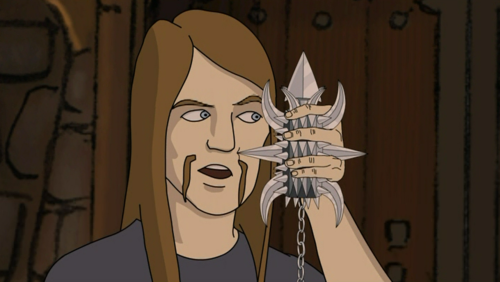

Own one. Definitely recommend it and ribbon floss.
A broken man, obsessed with 500 year old Mexican culture.


Own one. Definitely recommend it and ribbon floss.


Books are my fondest indulgence as I age. I’m an absolute Aztec history dork and a screen doesn’t do any Mesoamerican codex justice.
I buy more odd art books than I should.


Noble and I support the notion.
Think of this in an exercise of “missing out”. See what is being offered. If you don’t find treasure move on. If you find treasure is it worth it? Price and a metaphorical weight should be put in the calculation.
The best belt I ever owned was Amish made.


I’ve heard the “flashlight rabbit hole” goes deep.


Good suggestion! Unfortunately I have a Mountain of Shame of unbuilt and unpainted Warhammer models. I need to process those first before picking up another hobby I’ll neglect.


If I don’t know if something exists I won’t know if I’ll ever want it. I live without a lot of commercials and ads compared to the average American. So when I want to know if anything has come to the market that could add value or joy I do it on my own terms. When I window shop it relaxes me probably for the same reason I like hanging out in museums. I will admit anything actually worth purchasing is a rare occurrence.


Window shopping means I’m not buying anything.


Totally agree. The only game I play on my phone is Balatro.


I stand corrected.


Fuck yeah! Knife Phone and Fuck You Phone!


Please send pics of “Knife Phone”.
Edit:



I’ll answer my own question, “Fans”. You can absolutely buy a small fan or even one you can wear, but a smart phone can’t blow air to cool a person down.


I would add that even though you can slap a filter on a pic you won’t get the same quality of lighting as utilizing reflectors, diffusers, lamps, etc.

Again? Why do you keep posting this? Is this a fetish thing?


Why do you keep posting this?
Why are we allowing a yankee carpetbagger to change the name? I don’t remember having a vote.


From Clickhole :

For the record I also despise the old turtle man.


I’d rather just have bees.
Art books or Aztec history?